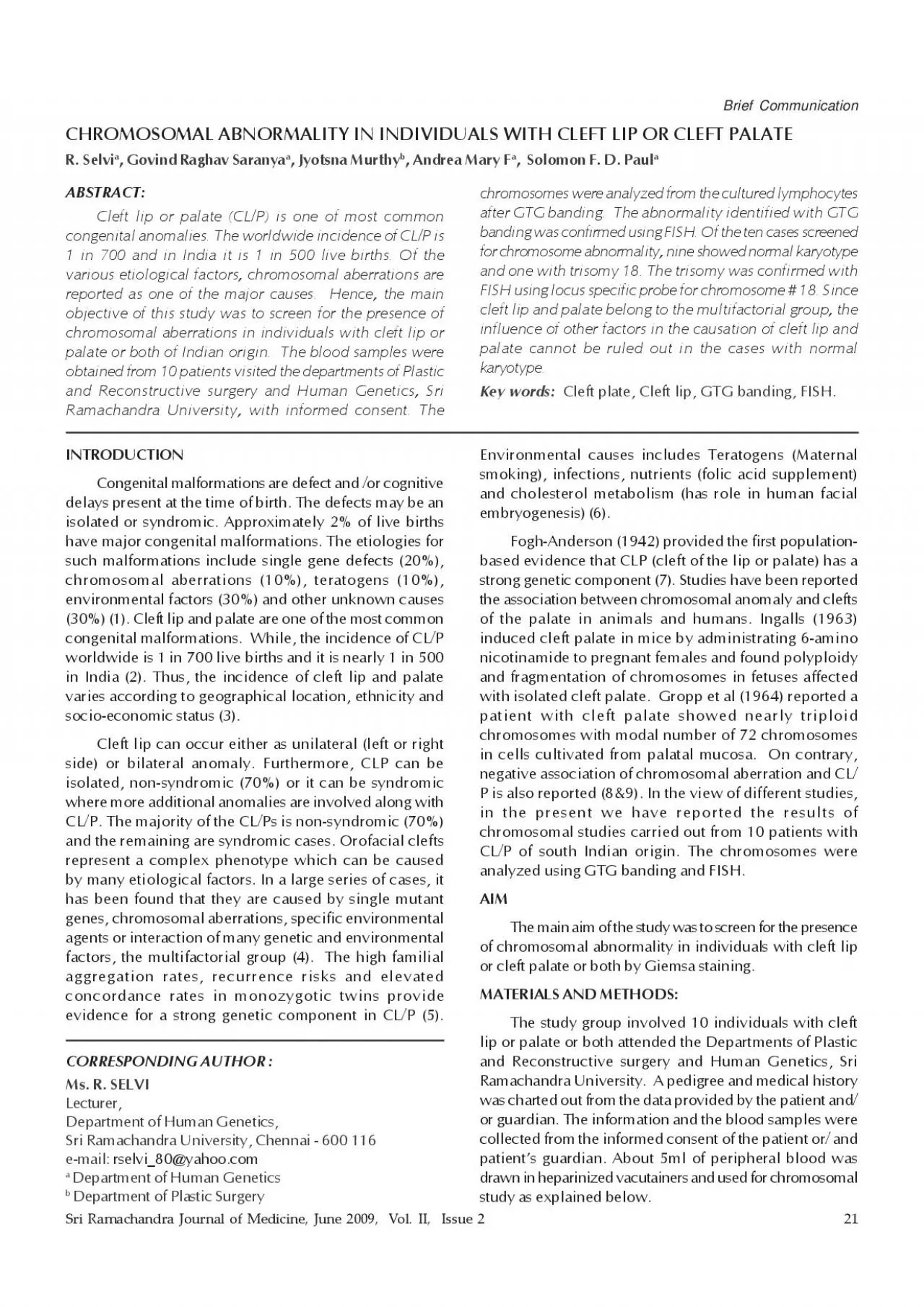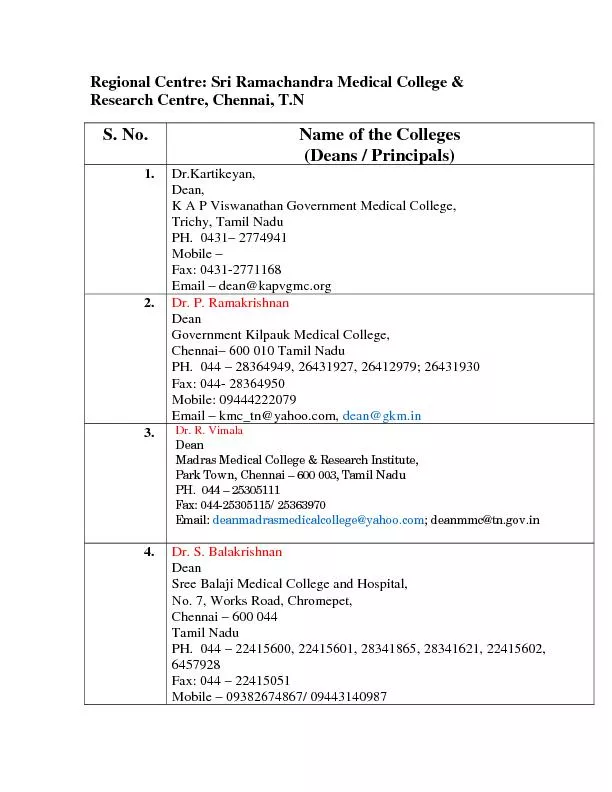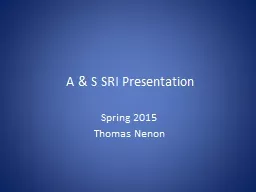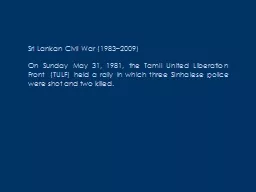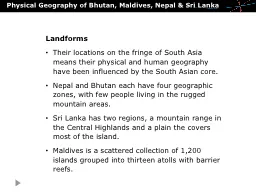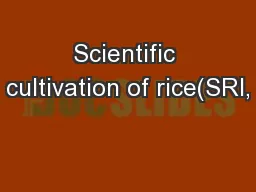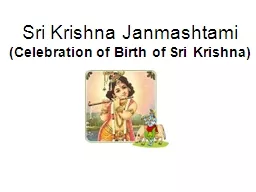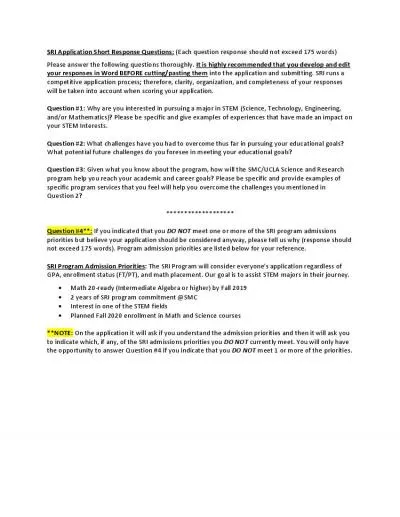PDF-Sri Ramachandra Journal of Medicine June 2009 Vol II Issue 221Br
Author : grace3 | Published Date : 2022-08-23
R Selvi a Govind Raghav Saranya a Jyotsna Murthy b Andrea Mary F a Solomon F D Paul a CORRESPONDING AUTHOR Ms R SELVI Lecturer Department of Human Genetics Sri
Presentation Embed Code
Download Presentation
Download Presentation The PPT/PDF document "Sri Ramachandra Journal of Medicine June..." is the property of its rightful owner. Permission is granted to download and print the materials on this website for personal, non-commercial use only, and to display it on your personal computer provided you do not modify the materials and that you retain all copyright notices contained in the materials. By downloading content from our website, you accept the terms of this agreement.
Sri Ramachandra Journal of Medicine June 2009 Vol II Issue 221Br: Transcript
Download Rules Of Document
"Sri Ramachandra Journal of Medicine June 2009 Vol II Issue 221Br"The content belongs to its owner. You may download and print it for personal use, without modification, and keep all copyright notices. By downloading, you agree to these terms.
Related Documents

